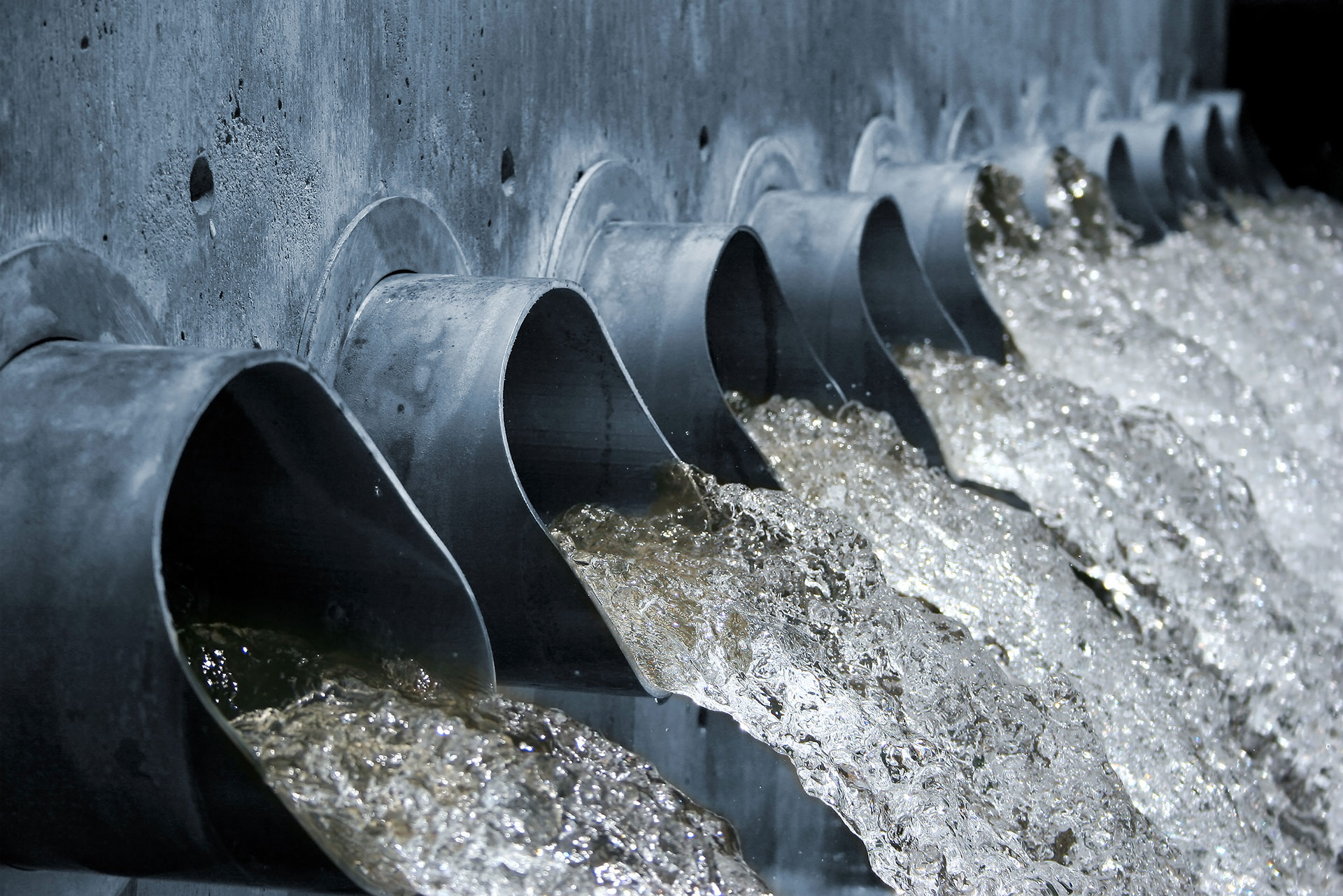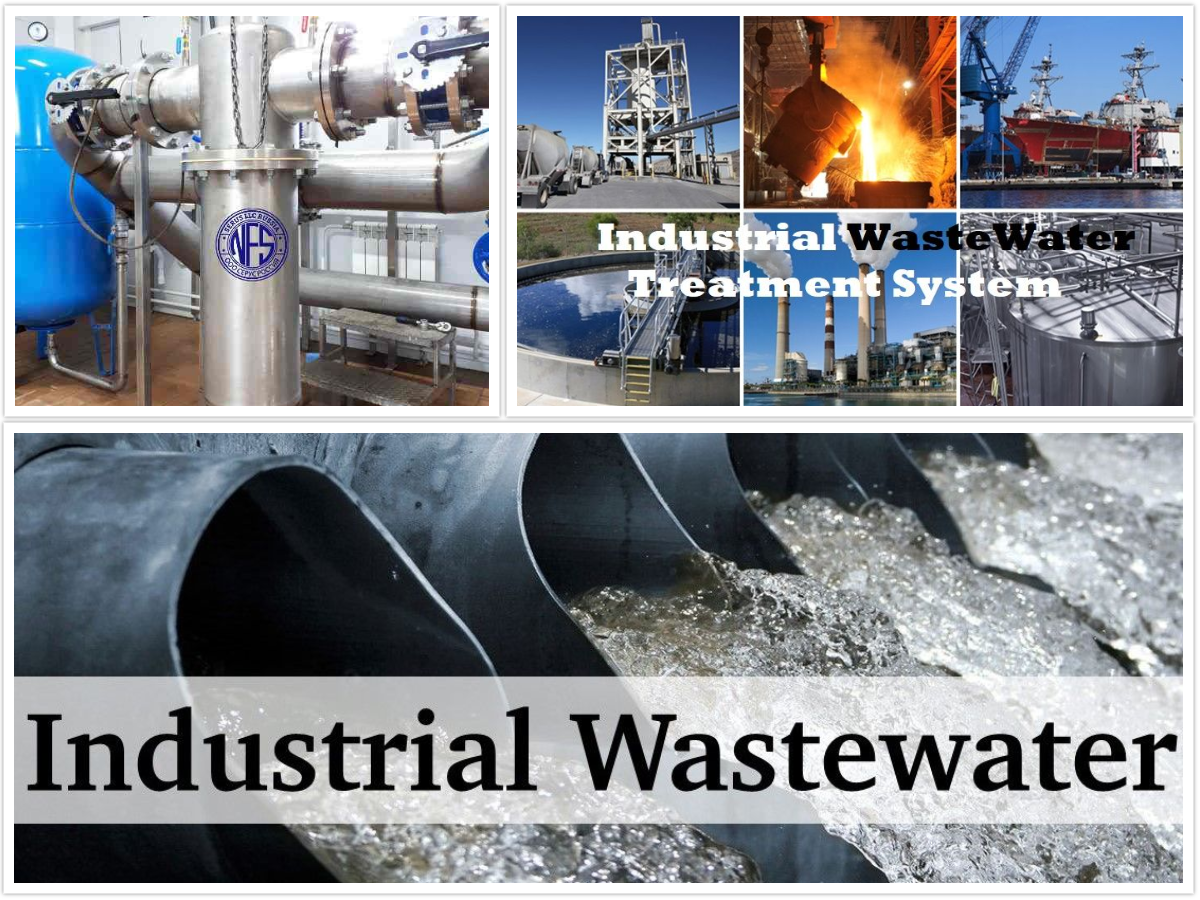Industrial Waste Water Treatment-- Advanced Solutions for Cleaner Effluents
Industrial Waste Water Treatment-- Advanced Solutions for Cleaner Effluents
Blog Article
Innovations and Developments in Industrial Waste Water Treatment Technologies
The landscape of commercial wastewater therapy is going through a transformative change, driven by technologies that enhance both efficiency and sustainability. Emerging modern technologies, such as membrane bioreactors and microbial gas cells, are redefining contaminant elimination procedures while contributing to power generation. Resource recuperation methods are gaining traction, aligning with round economy concepts. As regulatory requirements advance, the integration of AI and maker understanding right into wastewater management systems promises to make certain and simplify procedures compliance. However, the full implications of these advancements elevate important inquiries about their scalability and long-lasting influence on sector techniques.
Review of Drainage Therapy Technologies
Wastewater therapy innovations encompass a variety of approaches made to remove pollutants from commercial effluents prior to their launch right into the setting. These innovations are critical for maintaining eco-friendly balance and making certain compliance with environmental laws. The primary groups of wastewater therapy consist of physical, chemical, and biological approaches, each serving unique purposes based on the nature of the contaminants existing.

Organic treatment methods utilize microorganisms to degrade natural issue, making them particularly effective for organic-rich effluents. Methods like triggered sludge and biofilm reactors harness the natural destruction abilities of microorganisms, causing significant reductions in biochemical oxygen need (BOD)
Advanced Filtering Techniques
Advanced purification techniques stand for an essential development in the world of industrial wastewater treatment, enhancing the efficiency of contaminant elimination processes. Industrial Waste Water Treatment. These techniques incorporate a variety of modern technologies, including microfiltration, ultrafiltration, nanofiltration, and reverse osmosis, which supply consecutive obstacles for different bit dimensions and chemical frameworks
Microfiltration and ultrafiltration use membrane systems to get rid of put on hold solids, bacteria, and bigger natural molecules, improving the high quality of effluent before further treatment. Nanofiltration bridges the void in between ultrafiltration and turn around osmosis, properly getting rid of organic substances and divalent ions, therefore lowering the lots on downstream procedures.
Reverse osmosis uses the greatest level of filtration by enabling just water and small particles to go through its semi-permeable membrane layers, making it perfect for recovering high-quality water from industrial effluents. Current innovations in membrane modern technology, consisting of the advancement of more durable and fouling-resistant products, have significantly enhanced operational effectiveness and reduced costs.
Integrating these advanced filtration techniques not only improves the total therapy process but also adds to sustainability initiatives by allowing water reuse and resource healing in industrial setups. (Industrial Waste Water Treatment)
Biological Therapy Technologies

Additionally, the development of crafted organic systems, such as membrane bioreactors (MBRs), incorporates biological therapy with innovative membrane filtration. This assimilation enables greater effluent high quality and lowered footprint, making it suitable for space-constrained commercial centers. Developments in genetically crafted microorganisms have also arised, boosting the biodegradation of certain contaminants, such as drugs and heavy steels, that are typically testing to eliminate.
In addition, the implementation of bioaugmentation strategies, where helpful microbes are introduced to enhance the existing biological therapy procedures, has shown appealing lead to boosting treatment efficiency. These advancements collectively indicate a trend in the direction of even more reliable and sustainable biological therapy methods that can adjust to the developing complexities of commercial wastewater streams. As markets proceed to focus on environmental compliance, these organic innovations will certainly play an important function in wastewater monitoring.

Source Recuperation Methods
In industrial setups, the integration of source healing methods has actually ended up being significantly important for boosting sustainability and decreasing waste. These methods concentrate on drawing out valuable materials and energy from wastewater streams, therefore transforming prospective contaminants into multiple-use sources.
One noticeable method is nutrition healing, where nitrogen and phosphorus, commonly present over in wastewater, are captured and exchanged fertilizers. This not only decreases environmental influences however additionally supplies a round economic climate remedy for agricultural applications. Furthermore, modern technologies such as anaerobic food digestion allow for the conversion of organic waste right into biogas, a renewable resource source that can balance out nonrenewable fuel source usage in industrial operations.
Moreover, advanced purification and membrane layer technologies help with the recuperation of commercial by-products such as steels and salts. These recuperated materials can be reintegrated right into production processes, lowering the demand for virgin sources.
Future Trends in Waste Water Administration
As markets significantly focus on sustainability, the future of wastewater monitoring is established to go through significant makeovers. Technological innovations, such as expert system and artificial intelligence, will allow a lot more reliable monitoring and monitoring of wastewater systems. These technologies can predict upkeep needs, optimize treatment procedures, and boost decision-making, inevitably minimizing operational look at these guys expenses and environmental effect.
Additionally, the integration of round economic climate principles will play an essential function in wastewater monitoring. Industries are anticipated to move in the direction of systems that not only deal with wastewater but also recuperate valuable resources, such as nutrients, water, and energy. This transition will certainly reduce waste and promote the reuse of materials, aligning with international sustainability goals.
Arising therapy techniques, such as membrane layer bioreactors and advanced oxidation processes, will better boost the effectiveness of wastewater therapy, permitting higher quality effluents suitable for reuse. In addition, governing structures are likely to evolve, emphasizing more stringent requirements for wastewater discharge and encouraging markets to embrace ingenious treatment options.
Verdict
In verdict, the evolution of industrial wastewater treatment technologies demonstrates a substantial shift in the direction of improved effectiveness and sustainability (Industrial Waste Water Treatment). Developments in sophisticated filtering methods, organic treatments, and source recovery methods highlight the industry's dedication to ecological stewardship.
The landscape of industrial wastewater therapy is undertaking a transformative change, driven by advancements you could look here that boost both efficiency and sustainability.Wastewater therapy modern technologies include a range of methods developed to get rid of impurities from commercial effluents before their release right into the environment.Taking advantage of the power of organic processes has led to significant innovations in the therapy of industrial wastewater.Furthermore, the application of bioaugmentation techniques, where useful germs are presented to improve the existing biological treatment processes, has shown appealing outcomes in boosting treatment efficiency. These technologies collectively symbolize a trend in the direction of even more lasting and reliable biological treatment approaches that can adjust to the advancing intricacies of industrial wastewater streams.
Report this page